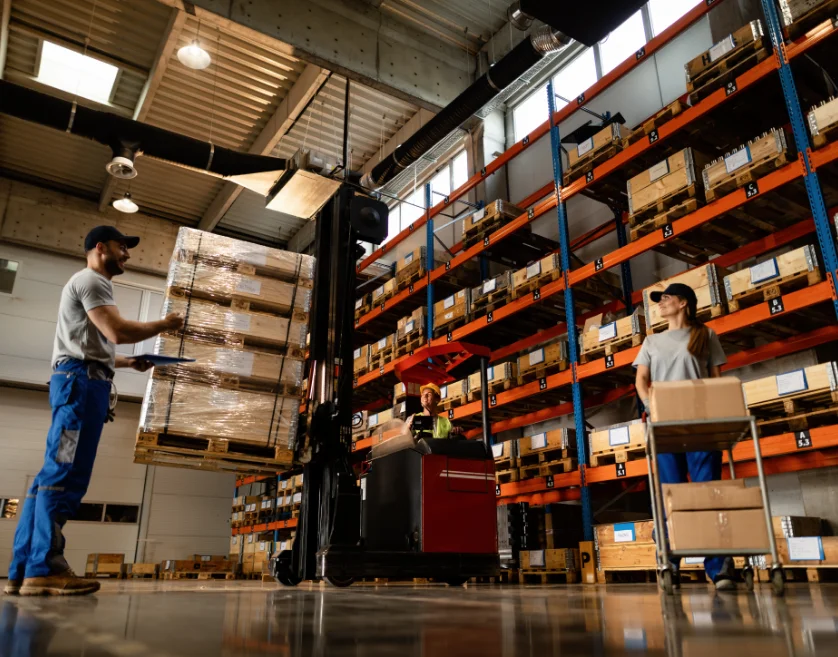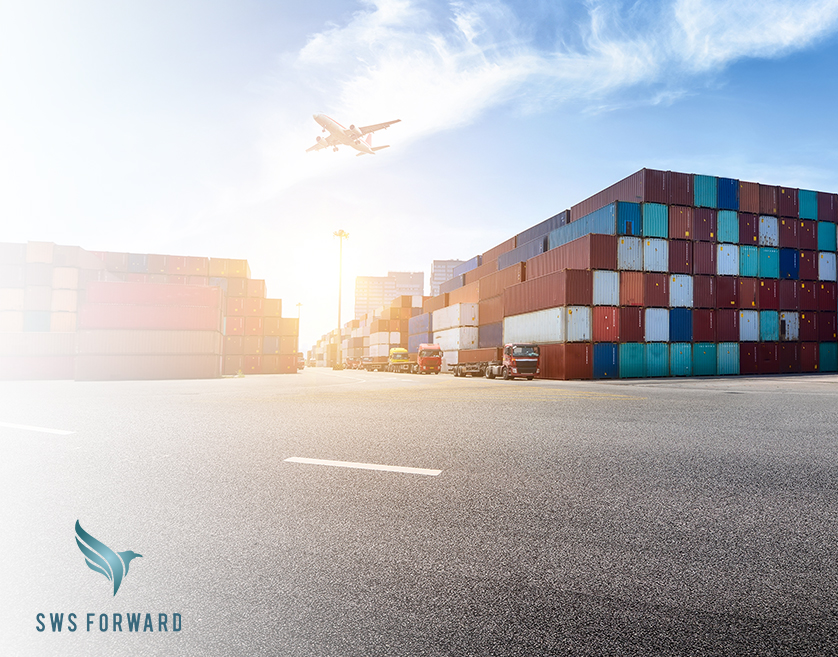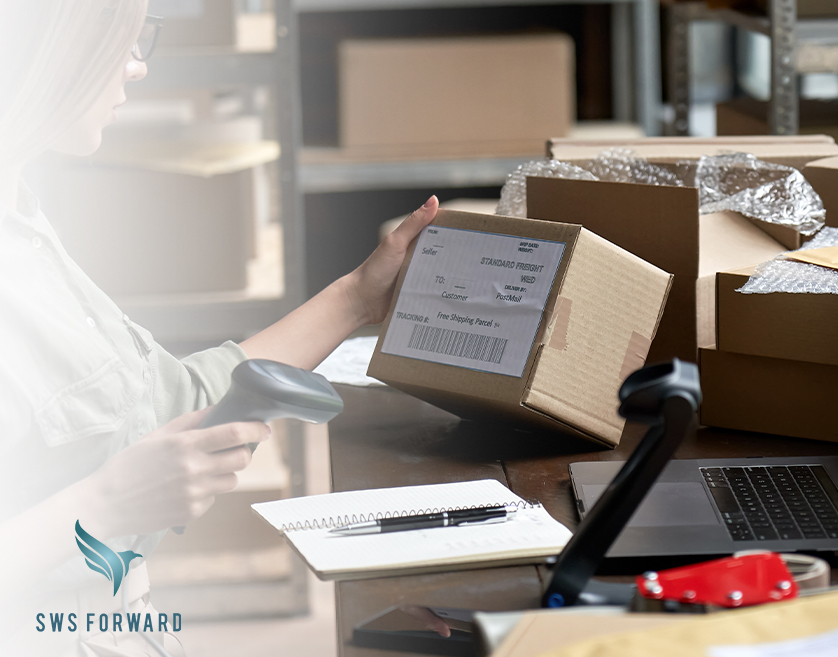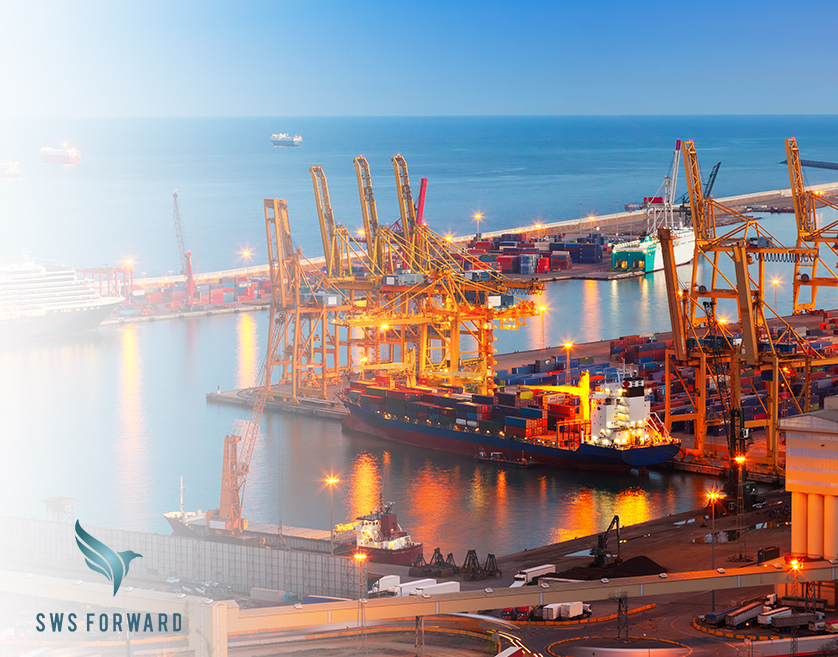Mastering The Relationship Between Distribution & Warehousing For Your Business

Introduction to Distribution & Warehousing
In the rapidly evolving world of commerce, the roles of distribution and warehousing are more critical than ever. This article delves into how businesses can enhance their operations by effectively managing these two key components of the supply chain. We’ll explore the intricate relationship between distribution and warehousing, uncover strategies for success, and look ahead at emerging trends shaping the future of logistics.
Understanding Distribution and Warehousing
Defining Distribution and Warehousing
Distribution is the process of moving goods from their production point to where they are needed, encompassing transportation, handling, and delivery. Warehousing, on the other hand, involves storing goods until they are needed for distribution. It’s a strategic pause in the supply chain that allows for inventory management and order fulfillment.
How Distribution and Warehousing Work Together
A seamless interaction between distribution and warehousing is vital for supply chain efficiency. Effective warehousing provides a secure and organized storage solution, allowing for quick and accurate order fulfillment. Meanwhile, proficient distribution ensures these goods reach their destinations promptly. The symbiosis of these functions is crucial for customer satisfaction and business success.
Key Components of Effective Distribution and Warehousing
Infrastructure and Technology
Modern warehouses are no longer just storage spaces. They’re high-tech hubs integrated with advanced technologies like WMS and TMS, which optimize inventory tracking, order processing, and routing. Similarly, an efficient distribution network relies on a robust infrastructure, encompassing everything from fleet management to route optimization.
Inventory Management Strategies
Balancing inventory levels is critical. Strategies like JIT minimize holding costs and reduce the risk of obsolescence. Simultaneously, technology plays a pivotal role in inventory management, with tools and software providing real-time data to aid in making informed decisions about stock levels and reorder points.
Challenges in Distribution and Warehousing
Navigating Common Obstacles
The logistics landscape is fraught with challenges such as fluctuating demand, global supply chain complexities, and the ever-present need to balance cost with efficiency. Businesses must navigate these challenges strategically to maintain a competitive edge.
Overcoming Challenges Through Innovation
Innovation is the key to overcoming logistical hurdles. For instance, adopting AS/RS can significantly boost warehouse efficiency, while lean principles can streamline operations. Embracing such innovations helps businesses stay agile and responsive to changing market dynamics.
Strategic Planning for Distribution and Warehousing
Designing Your Distribution and Warehousing Strategy
An effective strategy begins with a clear understanding of your business objectives and market demands. Consider factors like product type, customer base, and potential growth. This understanding will guide decisions on warehouse location, size, and distribution methods.
Key Considerations for Strategy Implementation
An effective strategy also requires considering the layout and location of facilities, the integration of logistics with overall business operations, and the implementation of technology to streamline processes.
Case Studies and Real-World Examples
Success Stories in Distribution and Warehousing
Amazon’s logistics prowess showcases how integrating advanced warehousing techniques with a sophisticated distribution network can create a seamless customer experience. Their approach emphasizes the importance of technology and innovation in supply chain management.
Lessons Learned and Best Practices
By examining both successful and less successful ventures in distribution and warehousing, we can glean valuable insights. Flexibility, technological integration, and market responsiveness emerge as key themes in these case studies.
Future Trends in The Industry
Technological Advancements and Their Impact
The future of logistics is being shaped by emerging technologies. Automation and AI are streamlining processes and improving efficiency, while advances in data analytics are providing deeper insights into supply chain dynamics.
Preparing for the Future
Businesses must adapt to these technological shifts to stay relevant. Embracing sustainable practices and adapting to new technologies will be essential for future success. This proactive approach ensures businesses are prepared for the evolving logistics landscape.
Summary of Key Points
The relationship between distribution and warehousing is a dynamic and integral part of modern business operations. By understanding and mastering this relationship, businesses can optimize their supply chains, enhance efficiency, and prepare for future challenges and opportunities.
Why Choose SWS Forward for Your Distribution and Warehousing Needs?
Expertise and Innovation at Your Service
At SWS Forward, we understand that the heart of a successful business lies in its ability to efficiently manage its supply chain. Our expertise in distribution and warehousing is not just about offering services – it’s about providing solutions tailored to the unique needs of your business.
Customized Solutions for Diverse Needs
We don’t believe in a one-size-fits-all approach. Our team of experts works closely with you to understand your business’s specific challenges and goals. Whether it’s optimizing your warehousing layout, implementing cutting-edge inventory management systems, or streamlining your distribution network, SWS Forward is equipped to handle it all.
Advanced Technology for Streamlined Operations
In a world where technology is constantly evolving, staying ahead of the curve is crucial. At SWS Forward, we leverage the latest in logistics technology, from AI-driven analytics to automated warehouse systems. This not only ensures efficiency and accuracy but also keeps you a step ahead in a competitive marketplace.
Sustainability and Responsibility
Understanding the growing need for sustainable business practices, we at SWS Forward are committed to environmentally friendly logistics. From eco-friendly warehousing to optimizing distribution routes for reduced carbon footprint, our focus is on sustainable growth for your business and the planet.
A Partner in Your Growth
Choosing SWS Forward means more than just selecting a service provider; it means partnering with a team with a commitment to your success. Our clients are our priority. We have a dedication to supporting your growth every step of the way.
Take the Next Step with SWS Forward
Are you ready to transform your distribution and warehousing operations? Reach out to us at SWS Forward. Let’s discuss how we can help your business achieve its full potential. Contact us today for a consultation and take the first step towards mastering your supply chain management.



